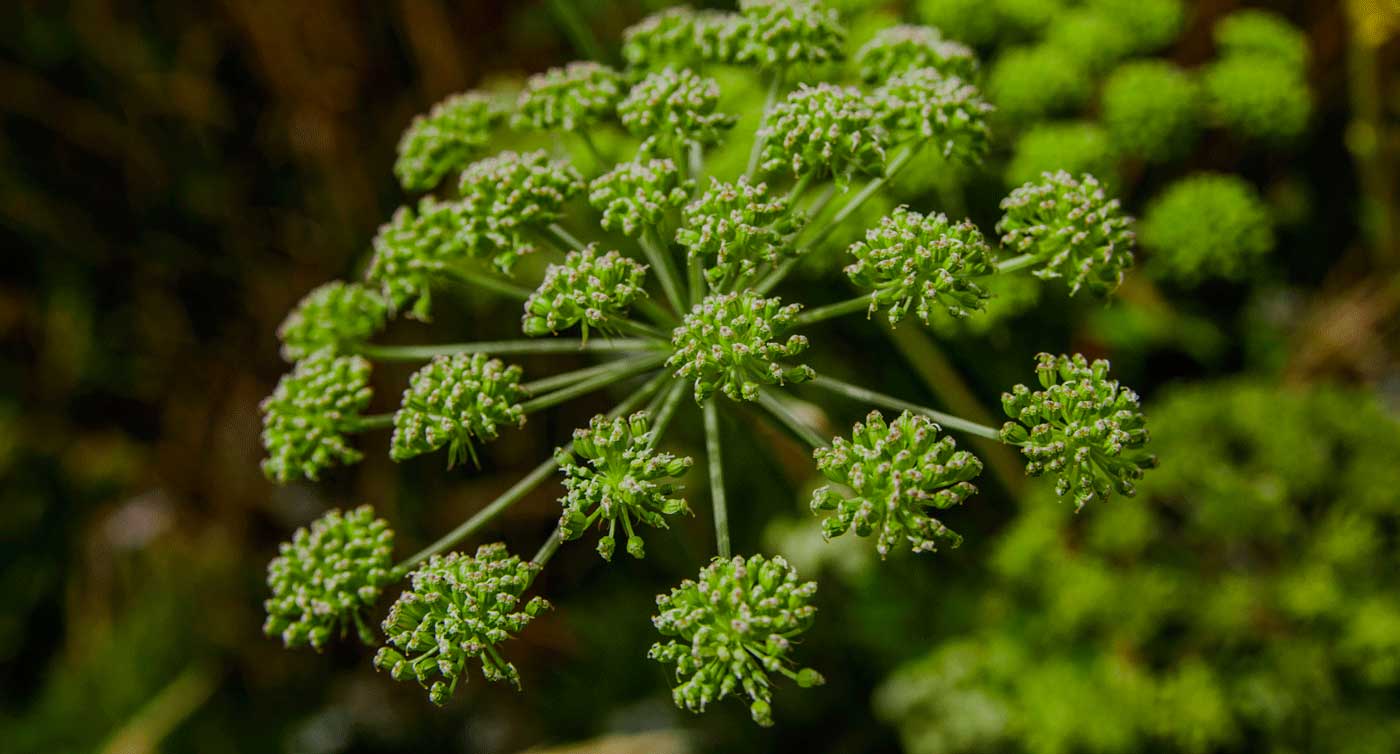
22 Jul Health Benefits of Cherries
Ah, cherries! Whether they’re sweet or sour, fresh or frozen, they’re refreshing, juicy, and fun to eat. Fortunately, they’re good for us, too. Unfortunately, these fruits are often served up along with a hefty dose of sugar, be it in a pie, jam or jelly. Eaten in their whole, unprocessed state, however, cherries have a low glycemic index and provide beneficial nutrients and phytochemicals. Additionally, cherry juice and concentrated extracts have shown potential for improving several health issues.
Cherries are native to China, where deliberate cultivation dates back at least six thousand years. Cherries may be available all year round, but their peak season is late spring and early summer. They belong to the botanical genusPrunus, which includes other stone fruits, such as peaches, plums, nectarines, apricots, and almonds, all of which are also classified horticulturally as drupes. Cherries are grown in several locations throughout the U.S., but Michigan and the Pacific Northwest are the best-known producing regions. In fact, the popular sweet, yellow-red Rainier cherry is named for the famous Mount Rainier, after scientists at Washington State University created the hybrid by crossing Bing and Van cherries.
Regarding their nutrient content, sweet cherries aren’t as packed with vitamins and minerals as other plant foods, such as leafy greens. They do, however, have appreciable amounts of vitamin C and potassium. Sour cherries, on the other hand, are higher in vitamin C, beta-carotene, copper and manganese. What cherries have going for them beyond typical micronutrients are their phytochemicals and other compounds that may have specific actions at the cellular level.
Tart Montmorency cherries are a source of melatonin. A randomized, double-blind, placebo-controlled study showed that, in healthy adults, compared to placebo, ingestion of tart cherry juice for seven days resulted in significantly higher urinary excretion of melatonin metabolites, and, more importantly, significant increases in sleep time and sleep efficiency. Other RCTs have found a similar role for cherry juice, with the sleep-enhancing effects being even more powerful in a cohort of older subjects compared to those who were younger.
Like other boldly colored berries and fruits, cherries are rich in quercetin and anthocyanins. These compounds, plus others found in cherries, exert antioxidant and anti-inflammatory effects that may be beneficial for reducing oxidative stress and inflammation associated with obesity. Mouse studies indicate that consumption of cherry anthocyanins may help improve blood lipids, decrease serum glucose levels, increase activity of the antioxidant enzymes superoxide dismutase glutathione peroxidase, as well as down-regulate the expression of genes for TNFα, IL-6 and NF-кB. Studies on rats arrived at similar findings, with the researchers suggesting that the wide range of benefits conferred by tart cherry juice (including reduced abdominal fat, in addition to reduced hyperlipidemia and decreases in inflammatory markers) may make this a helpful thing to include in a diet intended to slow the progression of metabolic syndrome and its common comorbidities of type-2 diabetes and heart disease.
Different cherry products may possess different properties. In a study that measured the antioxidant and anti-inflammatory effects of different cherry preparations, total anthocyanins were highest in frozen cherries, while total proanthocyanidins and phenolics were highest in juice concentrate. Juice concentrate also had the highest oxygen radical absorbance capacity (ORAC) and peroxynitrite radical scavenging ability, as well as the greatest inhibitory effect on the inflammation-promoting COX-1 activity in vitro. The phenolic and anthocyanin content of cherries may be determined by the type of cultivar, as well as storage and processing methods, with the concentration of some anthocyanins actually increasing after harvesting and while in cold storage. In canned cherries, some of the beneficial phytochemicals, while not degraded by heat processing, did leach into the canning liquid/brine, so if eaten drained, some of them would be lost.
The anti-inflammatory and antioxidant properties of cherries may be particularly helpful for improving recovery from strenuous athletic pursuits. Consumption of tart cherry juice has been shown to aid recovery in marathon runners and well-trained male athletes performing intense strength training, as well as reduce inflammation and oxidative stress in other distance runners and individuals performing weight training to induce muscle damage. Even among individuals not participating in strenuous activities, tart cherry juice may still be helpful in protecting against oxidative stress as well as serving as a natural pain reliever and facilitating recovery from soft tissue injury. This might be instrumental among older populations, whose antioxidant defenses and ability to heal from trauma naturally decline with age. Due to the role of inflammation and oxidative damage in the pathogenesis of Alzheimer’s disease, there may even be a role for cherry juice in improving memory and cognition in adults with moderate dementia.
For patients interested in adding cherries or cherry juice to their diet, advise them to read labels and choose products with little to no added sugar. The shocking amount of sweetening agents commonly added to fruit products may be enough to negate the benefits cherries would otherwise confer.

